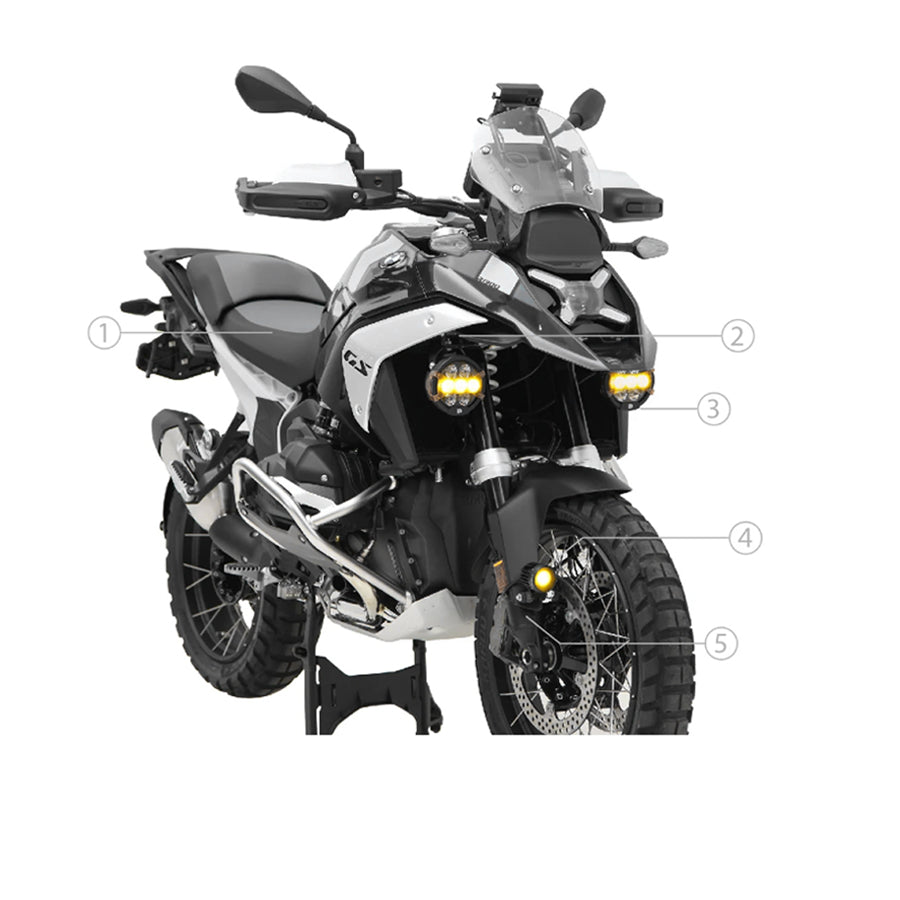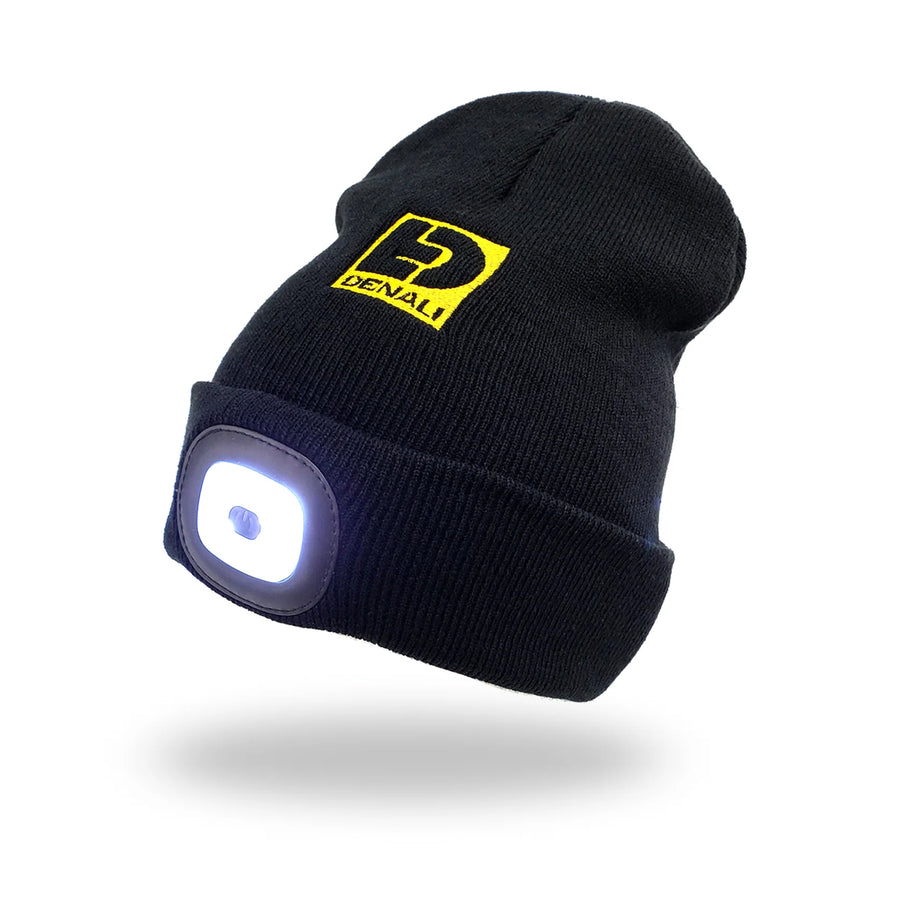DENALI B6 Brake Lights For Your Commuter Car
September 14 2021

We spend a lot of time focusing on making motorcycles more visible, for obvious reasons. Motorcycles are often overlooked in traffic and any extra conspicuity is welcome. The same principle applies to small and slower moving vehicles like commuter cars. Adding a DENALI Electronics B6 Brake Light to your commuter car can be an easy and affordable way to be seen in traffic and reduce the chances that you are rear-ended. Keep reading to learn how easy it is to install a pair of DENALI B6 brake lights to your daily 4-wheeled driver.

Find a Mounting Location
Finding a location on the rear of the vehicle that is flat and easily accessible is the first step. Look for a location that is not too near the stock brake lights and that adds conspicuity to any areas of the vehicle that need added visibility.
Oftentimes the best location for maximum visibility is around the license plate. The inside of a hatchback is normally easily accessible with the removal of an interior panel or two and the proximity to the stock brake lights make wiring a cinch.
A simple and easy installation of the B6 brake light on most commuter cars is possible using the B6 Brake Light Kit with License Plate Mount. Because the holes on the license plate mount are spaced for a motorcycle plate, installing the license plate mount will require drilling a couple of holes to the correct spacing. Consult your local laws before making changes to your license plate. If you decide to use the License Plate Mount, skip ahead to the wiring section of this article.
If you don’t want to modify your license plate, direct mounting the lights on either side of the license plate utilizing the DENALI Flush Mount is the perfect solution.

Mark and Drill Mounting Holes
Affix the included template to the vehicle with painters tape and mark the three holes with a marker and then dimple the metal or plastic using a center punch. If you plan to through-bolt the light (for use with bolt, washer and nut, like in this case) use a #28 drill bit to drill the top and bottom holes (hole A in instructions). If you are blind mounting your light (using thread forming screws), use a #44 drill bit on the top and bottom holes. Use the same drill bit to start hole B (wiring pass-thru hole) and finish drilling the hole with a ½” drill bit.
Remove any burs or shavings from your holes to prevent damage to your wiring harness.
Install Brake Lights
Feed the wiring through the center hole and bolt the light to the vehicle with the nut and washer on the inside and the flush mount gasket between the light and the exterior of the vehicle.
Tighten the bolts firmly in accordance with the torque specs outlined in the instructions provided and we recommend using a medium-strength threadlocker on all threads.
Wiring Auxiliary Brake Lights
Adding a brake light to the rear of your vehicle involves tapping into the existing vehicle harness to provide power from a driving circuit (on while the vehicle is on with lights turned on) and a braking circuit (on with the application of the brakes). Thankfully, the DENALI B6 comes with posi-tap connectors that make tapping into the stock wiring a very simple procedure.
Disconnect the negative battery cable before modifying any wiring on your vehicle.
Locate the 12 volt wires needed for the B6 to operate, running and braking, from the stock harness that are close to where you mounted your light. Depending on the age of your vehicle, you may be able to identify wire harness colors that are standard across the entire car using the electrical service manual available from your vehicle manufacturer. To be sure, use a multimeter or test light to identify the correct lead.

Use the provided posi-taps to connect the wiring pigtail to the appropriate wires on your vehicle. Connect the black wire to the ground, the orange wire to your vehicle’s brake light signal wire, and the red wire to your vehicle’s running light circuit. Connect the pigtail to the B6 and secure the wiring to an area out of the way of any moving parts or heat sources. If your wiring navigates along sharp edges or areas that could potentially damage the wire sheathing, it is good practice to wrap the wiring in loom.
Reconnect the negative battery cable and reattach any interior panels that you may have removed to gain access. Check to make sure the running lights are on with your vehicle’s parking lights, then wedge a 2x4 between the seat and the brake pedal and admire your new brake lights. It is a good idea to check the mounting bolts after a few hundred miles to make sure they are still tightened properly.



The addition of the DENALI B6 Brake Light to your commuter car or SUV is a sure-fire way to improve conspicuity and to alert other drivers when you are braking. With nearly 900 lumens each, the B6 ensures that your commute is a safer experience.
Featured Products in this Post
DENALI Electronics B6 Brake Light Visibility Pod











